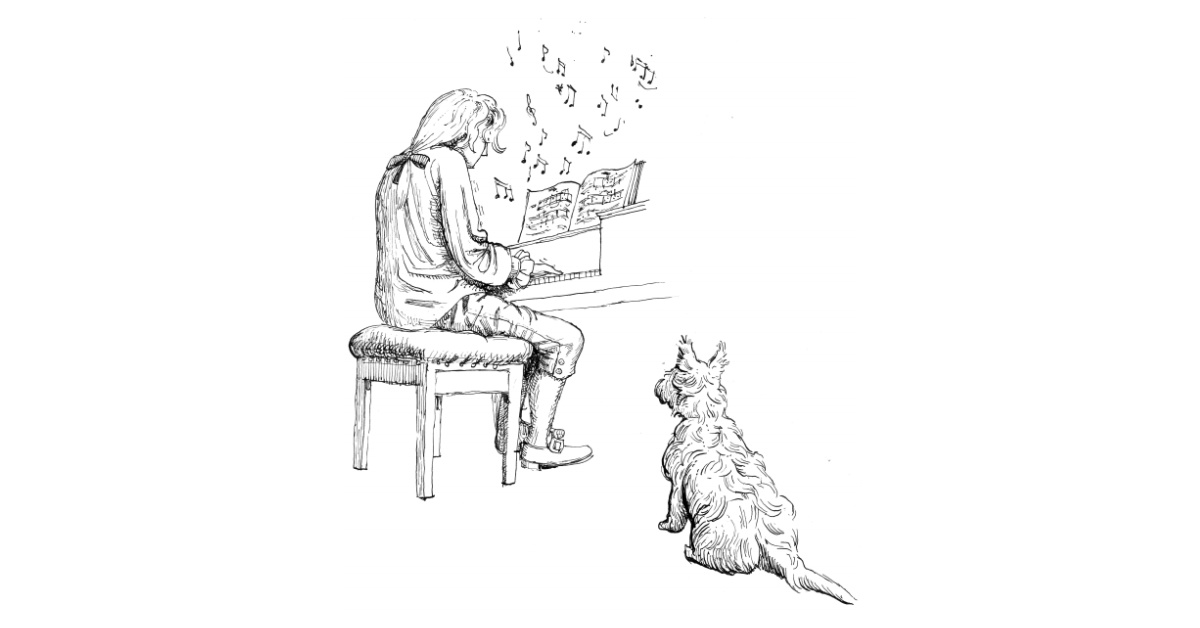The Platonic House
What should a house look like?
Many award-winning houses and those seen on ‘Grand Designs’ often look like space ships or abstract sculpture - more like the Telly Tubbies’ house, which I am sure are worthy in their own way, but they do not look like houses. Is this a problem?
When you ask a child to draw a house, they will usually draw a symmetrical building with four windows (two on the ground floor two on the first floor), a centrally placed door, a pitched roof perhaps a chimney. I used to draw a curly spring coming out the top to represent smoke. This composition is so pervasive that even children living in flats or buildings, looking nothing like this, will usually draw this type of house. This house design is used for countless logos and symbols of ‘home’ or ‘a house’ - including the iconic house used for ‘play school’, the famous children’s program of the 1970s. This facade composition is not just in the realm of children’s drawings and logos - many houses through generations conform to this type and in a variety of materials.
It is as if this idea of a house is somehow hard-wired into our brain. The Ancient Greek philosopher, Plato would explain this by saying that before we are born, we lived in an otherworldly realm where we saw the perfect example of everything; the perfect circle, the perfect apple, the perfect mountain and presumably the perfect house as well as the perfect everything else. When we are born into this world, all of these things are seemingly forgotten; residing dormant in our consciousness so that when we see a circle, apple, mountain or house we remember these perfect examples and judge what we see on earth against this perfect image stored in our mind. All apples are different, but we recognise them all as a crude representation of the perfect apple we saw before we were born. The most beautiful apple is the one which is most similar to the perfect apple we saw in the realm of perfect forms.
Plato would suggest that what we find beautiful is not the most radical, exciting or extreme, but the most conventional and average version conforming most to the perfect form. We are, in general, drawn to the perfectly round pearl rather than the misshaped, more expressive examples that gave the baroque its name. We enjoy excitement and extremes, like a horror film or a rock concert but only briefly and at the end of the day, we want to live with things which are conventional and comforting.
I am reminded of the Victorian scientist Sir Francis Galton (a cousin of Darwin’s) who did a perhaps morally dubious, but nonetheless interesting experiment to see what criminals look like. He used a technique which montaged photos of a vast number of criminals on top of each other to see what the average criminal looked like. The result, instead of being the face of evil, was a face of great beauty. Not the result he expected, and it tells us nothing about criminals but a lot about beauty. Dull as it sounds, in beauty we appear to like averages. Although people vary in their tastes there is a massive consensus about which people are the most beautiful as can be seen by the successful careers of innumerable beautiful actors and actresses. Though beauty is in the eye of the beholder, what we find beautiful is fairly consistent.
With these ideas in mind, I set about designing houses for Halsbury Homes. I started by taking the archetypical house - the house that children draw. For the proportions, I tried various options until I felt it looked right. I did not use a proportion system like the Golden Ratio or anything like that, but instead, I followed my instincts. In Platonic terms, I was trying to recreate the perfect house. The one I dimly remember from before I was born. This will sound farfetched and I don’t believe it for a moment, but I don’t know how else to describe it. Critics may look at these houses and say, ‘the windows look too long, or the front door is too grand’, but in so doing they would confirm that there is an archetype and are simply debating what that archetype is.
Many architects will do anything to avoid designing a house which looks like a house. They do this by allowing new materials, regulations with the brief to determine the look of a house and so the design process controls what the building looks like - this, I see as the architect neglecting their responsibilities. When I design a house, I try to tap into our shared collective idea of what a house should be. This is a hugely important aspect of house design and one that is often deliberately ignored by architects. Houses are not ‘machines for living in’ as Le Corbusier suggested but buildings which need to feel like homes, which is an intangible concept, one that architects struggle to understand but children seem to know from birth.

















